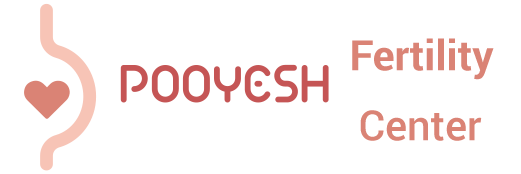Step-by-Step Treatment Journey
Recommended Medical Documents
For Male Patients
For Female Patients
Important Notes
- Afghan nationals living in Iran for non-medical reasons are not considered international patients.
- Iranians living abroad may choose to be registered as international patients upon request.
